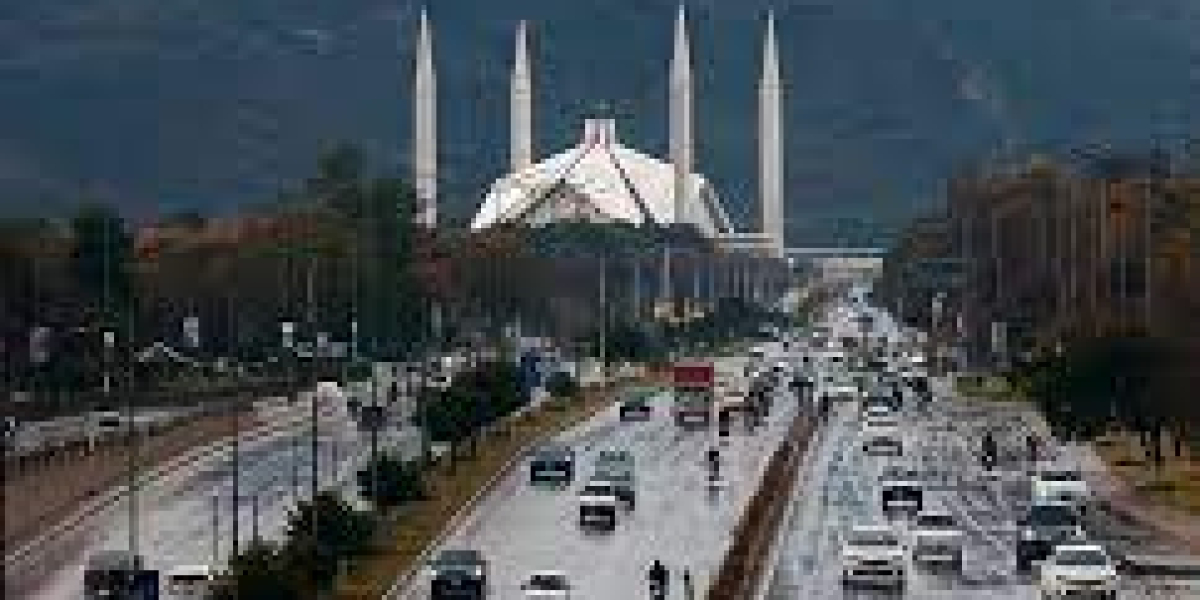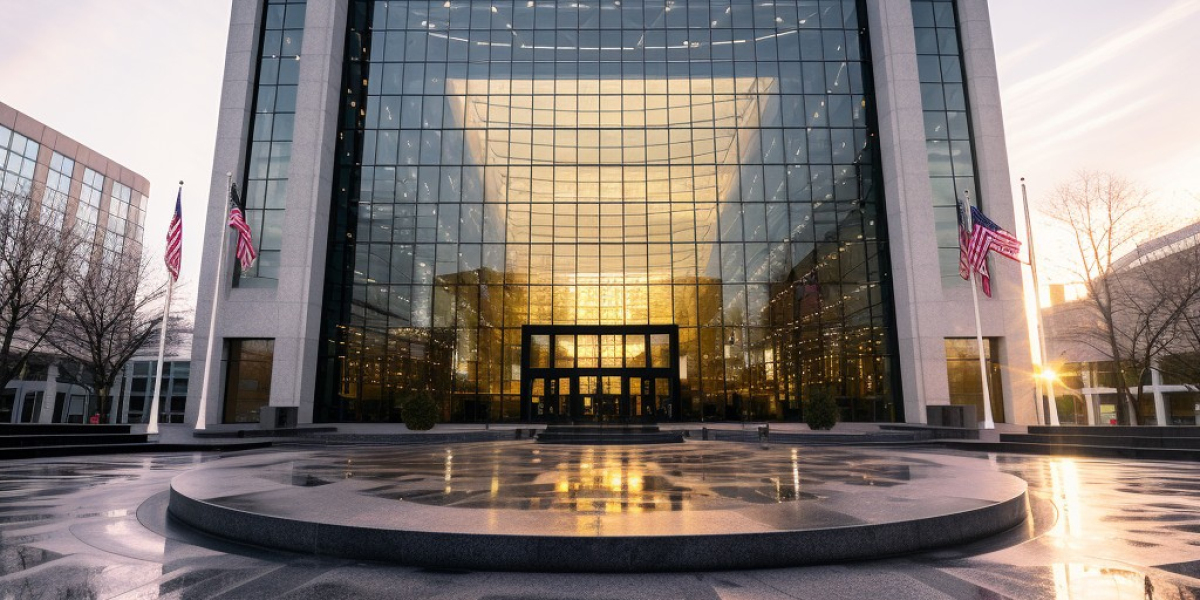This figure is more than twice the size of the Public Sector Development Programme (PSDP), bringing to light significant concerns regarding financial management and operational efficiency in the public sector.
The report, titled ‘Federal Footprint State-Owned Enterprises (SOEs) Consolidated Report FY2020-22’, has been launched by the Ministry of Finance under a performance benchmark of the International Monetary Fund (IMF).
It indicates that of the 81 evaluated SOEs, 50 reported a combined profit of Rs568.44 billion in fiscal 2022. However, this was overshadowed by the Rs730.26bn cumulative loss of the remaining 31 entities, resulting in a net loss of about Rs162bn.
SOEs’ consolidated report shows number of profitable enterprises dropped from 56 in FY21 to 50 in FY22
The previous fiscal year (2021) painted a similar picture, with a net loss of over Rs238bn, despite 56 entities reporting a total profit of Rs427.43bn, as 25 entities posted a cumulative loss of Rs665bn.
The report strangely shows Pakistan Steel Mills’ loss of Rs18.75bn in 2021 turned into a profit of Rs7.15bn the next year without producing a single billet or selling a steel bar as it remained closed for almost a decade.
The report also showed four power distribution companies turning from profitability in 2021 to colossal losses in 2022. These included a Rs3.5bn profit of Islamabad Electric in 2021, moving south to Rs16.4bn loss a year later, while Gujranwala Electric’s Rs1bn profit turned to a Rs20.6bn loss the following year.
Also, Tribal Electric showed a Rs5.5bn profit in 2021 but posted a Rs21bn loss the next year, while Multan Electric’s Rs10bn profit converted into a Rs23bn loss.
On the other hand, Hyderabad Electric’s Rs75bn losses posted in 2021 came down to Rs54bn in 2022 while Lahore Electric’s losses at Rs17.6bn in 2021 almost doubled to Rs30bn a year later.
The National Highway Authority (NHA) remained the top loss-making entity for both years, with a combined loss of Rs422bn — Rs255bn in 2021 and Rs167bn in 2022 — almost equivalent to the civil government’s annual expenditure.
However, the report said the commercial SOE portfolio was contributing significantly to the national economy through corporate taxes, dividends, and employment.
It said the financial sector assets, comprising banks, insurance companies, Non-Banking Financing Companies (NBFCs) and Development Financial Institutions (DFIs) reached Rs8.9tr in the fiscal year 2022, showing consistent growth over the last three fiscal years.
Their revenues surged to Rs614.65bn, rising 31pc from the previous fiscal year. Net profits of the financial sector soared to Rs72.57bn, an increase of 46.5pc year on year. With an asset base of Rs7.98tr, the Infrastructure, Transport and Communication (ITC) stood as the second-largest sector among state-owned enterprises.
While the sector showcased remarkable growth in assets, spearheaded by the NHA, its employment figures dipped to 117,028 individuals due to a reduction in Pakistan International Airlines (PIA) workforce.
Despite a substantial 38pc revenue growth, the sector grappled with a net loss of Rs294.5bn, emphasising challenges in balancing socio-economic goals with operational efficiency.
The asset base of the manufacturing, mining and engineering sector showed robust growth, escalating by 49pc to Rs904.52bn and posting a net profit of Rs12.27bn in 2021 against previous years of losses.
The oil and gas sector, boasting assets worth Rs5.62tr, posted revenue expansion of 82pc, thanks to a surge in energy prices following the post-Covid period.
With a workforce exceeding 139,000 individuals, the power sector saw its assets climb to Rs6.48tr. However, persistent equity challenges were evident, marked by net losses and a considerable reliance on government support.
While the sector exhibited revenue growth owing to substantial price hikes, reaching Rs3tr in fiscal 2022, operational margins remained a point of concern.
The report also showed that state-run media — namely Pakistan Broadcasting and Pakistan Television — together remained a burden on public kitty. The two paid zero dividends to the government.
While PTV remained in profit in both 2021 and 2022, its financial performance appeared to be going down, as evidenced by its Rs398 million profit in 2022 compared to Rs651m a year earlier, although the nine-channel network reaches more than 90pc of the country’s population.
However, Pakistan Broadcasting showed declining financial performance. Its Rs741m losses in 2021 surged to Rs1.142bn in 2022. Overall, the government’s media entertainment segment plunged from a Rs1bn profit in the 2019 fiscal year to a Rs742m loss in 2022.







